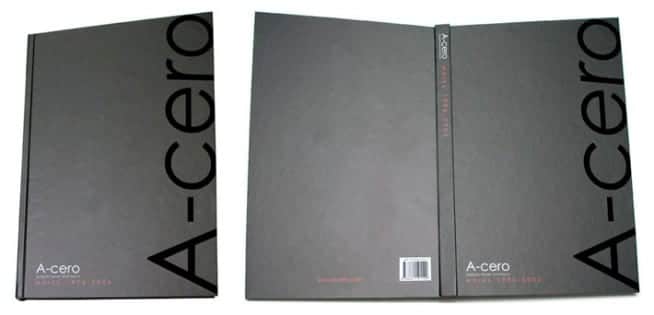
Despite the fact that we are at a time when the electronic format prevails, the truth is that of all the traditional communication formats, the one that has remained intact in this technological revolution has been that of the conventional book. Although there are many predictions that tell us that it will come to an end and die as such, we are seeing that if this happens, it will be in a long time. Nowadays the most purchased books are still in paper format, perhaps because it is easier and more comfortable to use and handle.
Most books are built following a set of rules and conventions that are followed worldwide. Although you can see slight variants that are intended to reduce production costs and that makes many elements increasingly unusual. As a publishing designer, you should know the most important components in the design of a book and today We will review the external elements:

- Canopies: These are the elements that protect the book from its external parts (front and back) and there are two types of covers:
- Tapas: They are each one of the rigid covers of the work. They are usually built with thick cardboard lined with paper and arose from the need of librarians to protect their manuscripts. In remote past, books were covered with raw skins (such as parchment), but little by little they were replaced by fine, smooth and resistant tanning until they are now used by cardboard, paper and plastics.
- Rustic: Binding our books with covers can have a very high cost, for this reason the paperback edition is developed that contains covers of thin cardboard, generally protected with a translucent plastic sheet. If we opt for this option, it is important that we take into account hygroscopic alterations (caused by humidity). A paperback edition must be with non-hydrophilic plastic sheets and that it remains stable.

- Loin: It is the area of the book that covers the binding comb. This is a very important element since it is the only one that can be seen from our work when it is placed on a shelf. As a general rule, it usually includes the name of the author, the title of the work, the name or stamp of the publisher and sometimes the number of the volume. When it comes to lexicographical works divided into different volumes, it usually includes the first and last word that contains that volume (this is the case of dictionaries or encyclopedias for example).

- Dust jackets: It consists of a paper surface that wraps the book and is generally used to expose the characteristics of the edition in a much more striking way. It is in this element that the designer uses his talent with the greatest intensity in order to attract the public's interest. It has a double function, on the one hand it protects the covers and on the other hand it is a strategy to attract the attention of the consumer with a greater deployment of expressive resources.

- Lapels: They are part of the dust jackets, although they are often an extension of the covers. They serve so that the dust jackets remain securely attached to the book, one is placed between the cover and the first sheet and another between the back cover and the last page. They usually contain text bringing together information about the work, the author or the publication's advertising.

- Girdles: They have the same function as dust jackets although they are presented in strips and their function is to highlight some element or characteristic of the work, especially when it comes to books by established authors. They usually include phrases like "The best selling book of 2014" and are basically an advertising component.

- You keep: These are sheets of paper that are placed between the main and back covers and the first and last page.